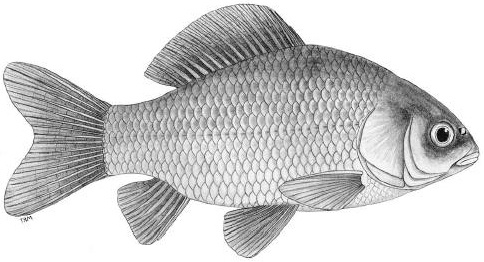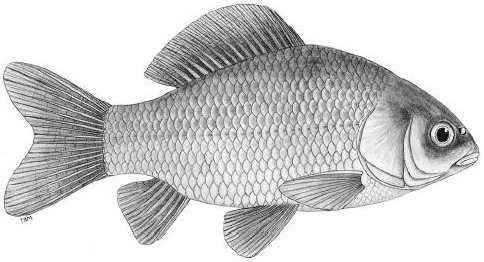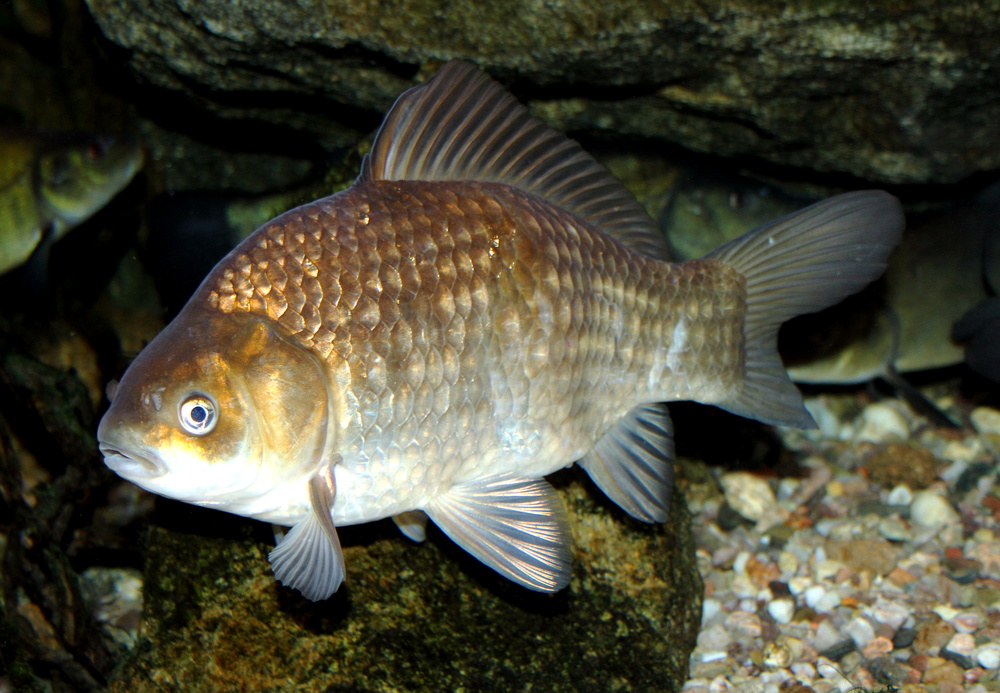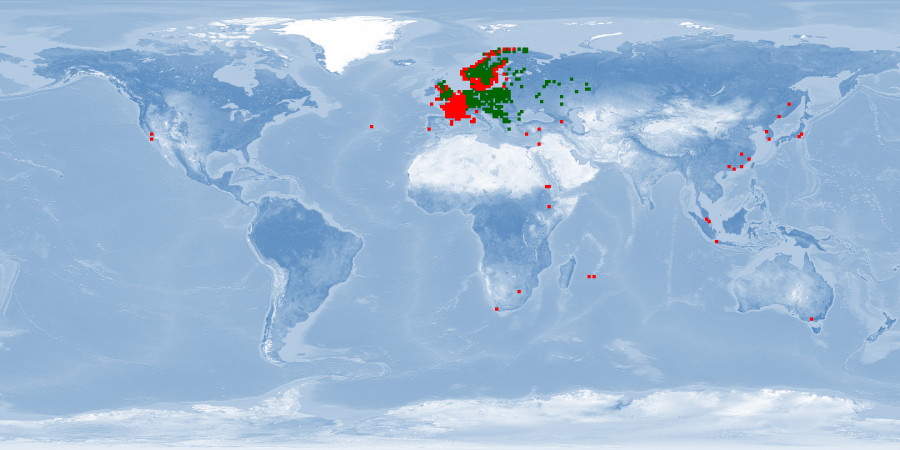Farming remarks
Carassius carassius is a freshwater fish that inhabits ponds, lakes, rivers, and reservoirs in several countries in Asia and Europe. This carp appears in IUCN Red List with a substantial decline in most of its native range in Europe. It is found in rich vegetation in slow-moving waters with sand and gravel and can tolerate a wide range of environmental conditions – including anoxia – but usually does not occur in waters with rich ichthyofauna. This carp, which migrates in fresh water to spawn when the temperature is warmer, is considered a relatively inactive fish. Aquaculture of C. carassius was limited to China and Japan until the 1960s and then gradually expanded to many other countries. It is considered an omnivore fish with relatively slow growth that explores the water column, especially dwelling in the bottom layer, thus being difficult to harvest. Despite that, it occupies a high position among all cultured freshwater fishes worldwide, being reared also for conservation programmes. C. carassius is frequently cultured in earthen ponds, also in pens and rice paddies. Polycultures with other carps is common. This fish is usually sold live or fresh in local markets, and this can happen before it reaches maturity. Further studies about wild information, especially about migration, aggregation, and aggression of this species, are needed. Considering farming conditions, the need for future research focused on depth range, substrate availability, stress response, and stunning and slaughter processes is highlighted. Moreover, as most available information about farms are from sources focused on conservation purposes, more research about production conditions are still needed.
For details see: WelfareCheck | farm









